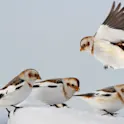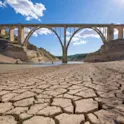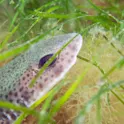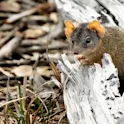
Climate action
29 Nov 2021
Estimating the impact of ‘eco’ jet fuel: How much could it reduce CO2 emissions by 2050?
By Colm Gorey, Frontiers science writer Image: Thiago B Trevisan/Shutterstock.com The aviation sector is seen as a very visible contributor of CO2 emissions globally, but will efforts to clean up the industry pay off? New research published with Frontiers has calculated what impact ‘sustainable aviation fuel’ (SAF) will have, showing CO2 emissions between 4% and 23% lower than if no SAF was used, even if airlines exceed pre-Covid-19 demand. However, while the use of SAF can help contribute to international targets, SAF alone will not be enough to meet 2050 net-zero CO2 goals for aviation. Much in the same way that the automotive industry is shifting gears to produce more environmentally-friendly cars to offset the effects of the climate crisis, the aviation sector is trying to find ways to significantly cut down on its CO2 emissions. Estimates suggest that the sector is responsible for about 2.5% of global carbon emissions and equivalent to the release of more than 900m metric tons of CO2 annually just prior to the Covid-19 pandemic. However, with entirely electric-powered aircraft some way off from becoming commonplace and limited in range, airlines have turned to cleaner jet fuels to help reduce their impact on the planet […]













